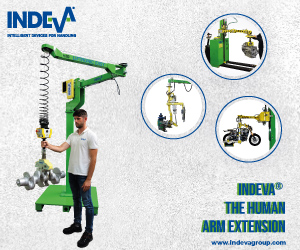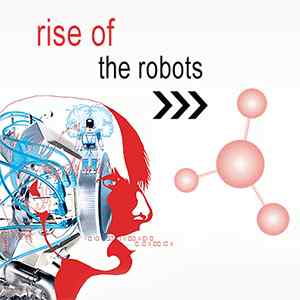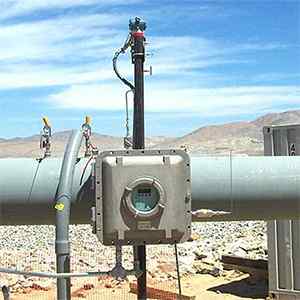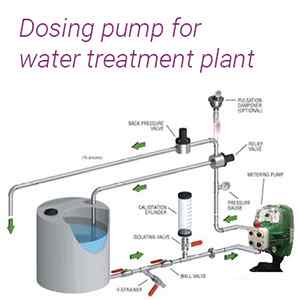Articles
How Integrated Automation Makes Industrial Plant Safer?
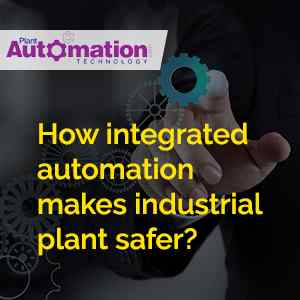
Integration of safety functionality into all standard components using advancing automation technologies will facilitate to enhance system performance and business productivity. Integrating most advanced automation technology will assist to surpass global safety-compliance requirements promptly and cost-effectively.
In the present scenario, several manufacturing plants are finding it difficult to contribute to their companies’ growth and success. Moreover, manufacturing facilities are deploying intelligent, integrated safety solutions to increase their business efficiency and productivity. This may contribute to the continuous development and operational excellence.
Major developments in the automation industry and the advent of latest technologies helped the companies to safeguard their machines, workers, and the automation environment while improving productivity, reducing costs, and following environmental regulations. Faster and cost-effective implementation of safe and productive machines can be achieved by integrating the highest performing automation systems.
Plant facilities are required to follow a strategic approach to improve modern automation technology that not only improves the overall performance of their systems but also complies with global safety norms.
Below mentioned are the four ways that are required to make industrial plants safer:
1) Integrating Safety Features
A few years ago, plant engineers used to hardwire each and every safety equipment to protect the plant. This means that they used to combine gate interlocks, light curtains, e-stops, and other monitoring and safety shutdown equipments for the purpose.
Now, with the advent of contemporary techniques and innovative automation solutions, which include equipment safety and plant safety measures, there is a seamless integration between production and safety setup in the plant.
Whether it is for safety or standard hardware, all programming is carried out within the same software package. With this, safety planning becomes universal.
Integration of safety features helps to reduce the cost of ownership, reduce stress on workers on engineering and maintenance tasks. Inclusion of safety features in the automation machinery helps to attain greater system availability, run quickest system diagnostic for troubleshooting which ultimately leads to higher uptimes and productivity.
2) Compliance with Safety Standards
Plant’s safety norms can be maximized by complying with safety standards which include IEC 61508, A NSI/ISA-84, IEC 62061, EN ISO 13849- and IEC 61511.
For example: Consider IEC 61508
According to Wikipedia, “IEC 61508 is an international standard published by the International Electrotechnical Commission of rules applied in industry. It is titled Functional Safety of Electrical/Electronic/Programmable Electronic Safety-related Systems (E/E/PE, or E/E/PES).”
“IEC 61508 is intended to be a basic functional safety standard applicable to all kinds of industry. It defines functional safety as: “part of the overall safety relating to the EUC (Equipment Under Control) and the EUC control system which depends on the correct functioning of the E/E/PE safety-related systems, other technology safety-related systems and external risk reduction facilities.”
3) Usage of Standard Fieldbus
In the past, two separate fieldbuses were required to maintain safety and transfer data within the plant. But, with the advancement of the technology, there is no need to run two separate field buses.
Plants can be fixed with standard Fieldbus to transmit data safely which reduces wiring complexity and system costs. Usage of standard Fieldbus also improves diagnostic capabilities.
4) Integrated Diagnostic Function Competence
Industrial plant remains safer when it is integrated with diagnostic functions that are offered by components such as PLCs, HMIs, drives and network switches. These components make troubleshooting and maintenance of the plant easier and safer than ever before.
Functioning of all these components can be viewed by integrating the latest technology in a networked computer or mobile device. Automatic alerts will be sent to mobile devices, and, if necessary, personnel can open the system to check, assess and correct the data. Operators and maintenance technicians can detect, report, and clear faults quickly and safely using integrated diagnostic functional capabilities.
Implementing these four ways, integrated automation can make the industrial plant safer and also improves the overall performance of a plant while complying with global safety norms.

